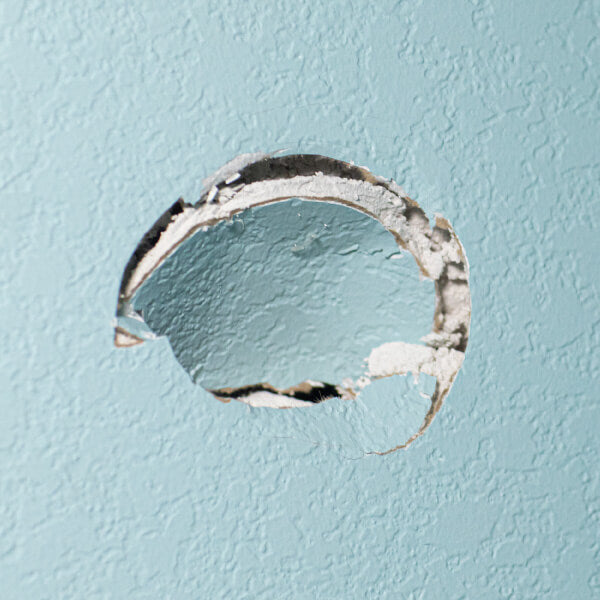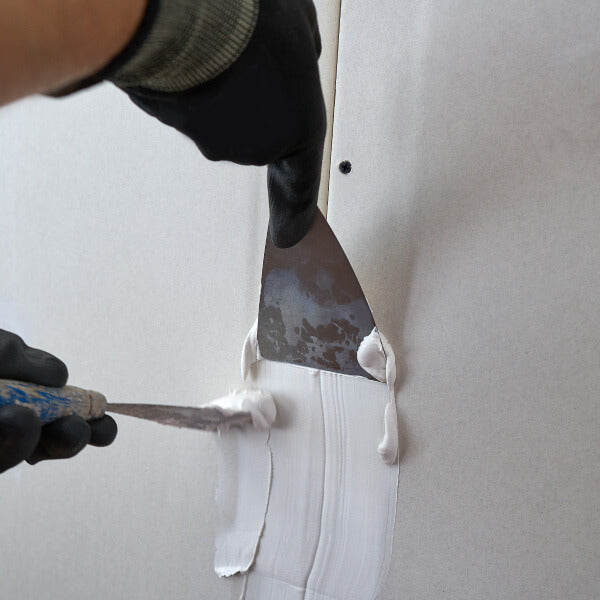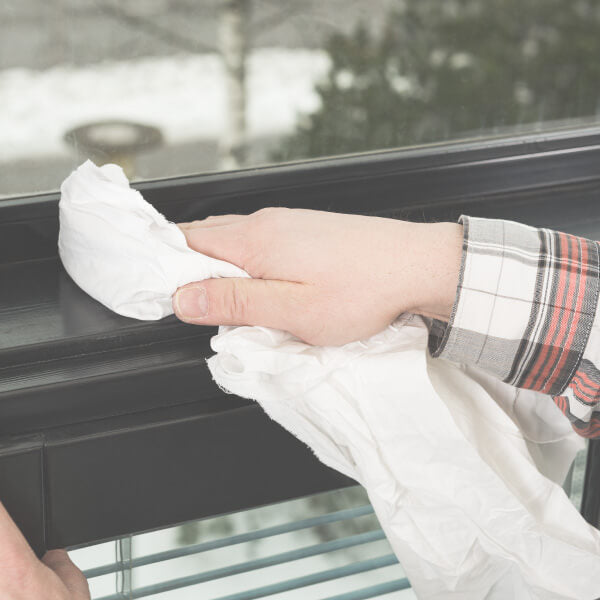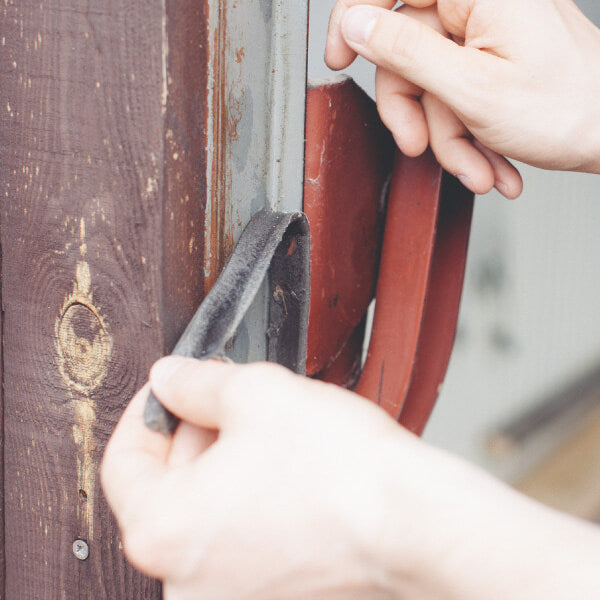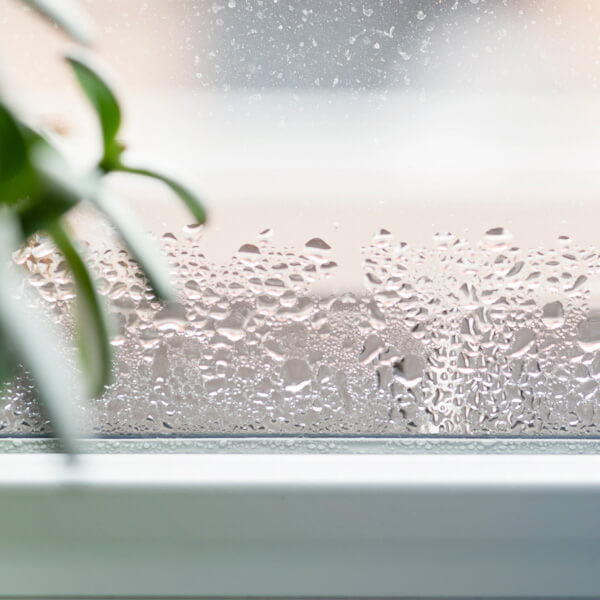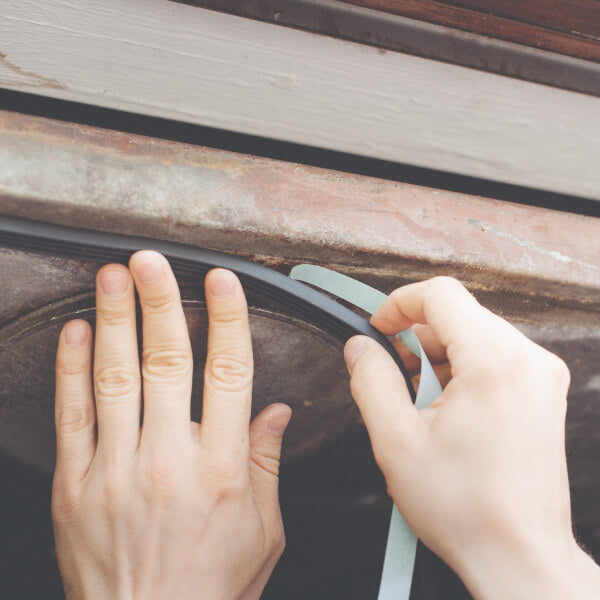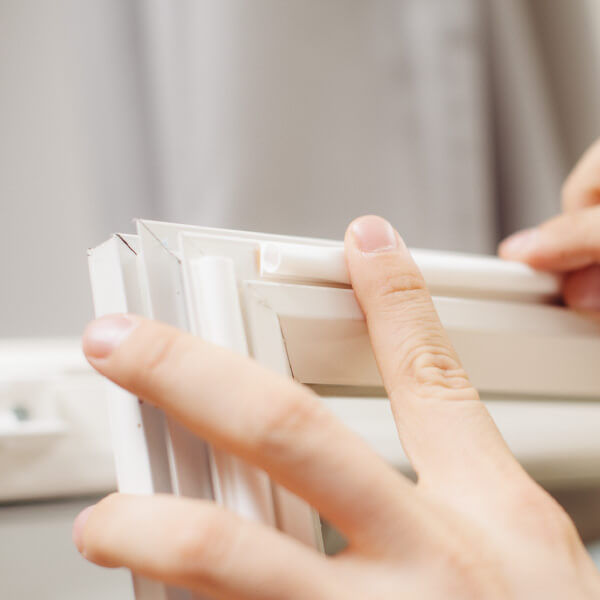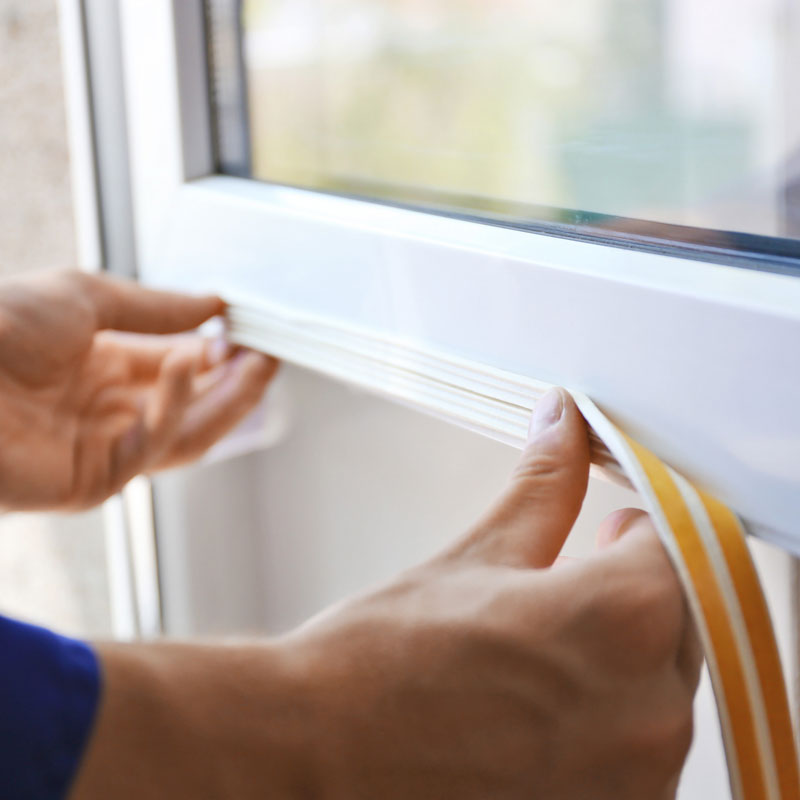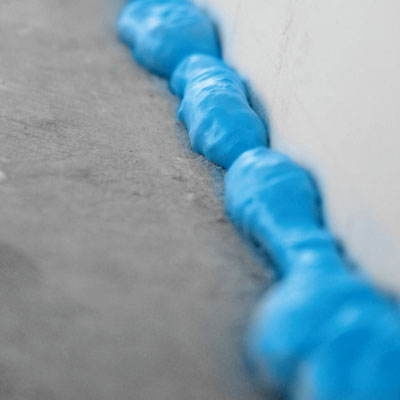
1. Find out about the ventilation system in your building
You can try asking the manufacturer about weatherproofing their windows and doors or find the instructions from the maintenance manual, the building maintenance book or online.
2. Inform the property manager
If there are any weatherproofing issues inform the property manager or maintenance company.
3. Use a similar seal to the one that has worked before
If the previous seal profile or type has functioned well, it's a good idea to choose a similar one to replace it. Several different types of profiles and materials are meant for various applications. See more information on selecting the correct seal.
4. Try to find the most ergonomic way to do it
It's best to weatherproof big, heavy, difficult-to-handle windows and doors where they are. Still, small windows and doors can be removed from their hinges and weatherproofed on a flat surface, especially during the summertime.
5. Clean the surface
Weatherstrips attach best on a clean surface. Old weatherstrips are detached by tearing them off and possibly staples with a knife or a screwdriver. Groove seals can be separated by pulling the seal out of the groove. You should vacuum and clean the space between the windows with a damp cloth. The surface must be cleaned well by removing all dirt, dust and old glue with, e.g., acetone. The best finish is achieved by installing the seal directly to a freshly painted and well-dried frame.
6. Always replace old weatherstrips
When re-weatherproofing windows and doors, you should always replace the old weatherstrips. The seals are installed to the inner and/or middle frame. Ensure the windows don't sweat, which will lead to freezing in the winter. This problem doesn't usually happen if the windows are made of thermal glass elements. The outer frame should be weatherproofed so that you leave approx. 20 mm gap in the seal to the frame's upper and lower ends. The vertical weatherstrip should cover the whole length of the vertical frame. This way, you prevent water, snow, cold, dust and noise from getting between the frames. The procedure maintains the structure and increases the windows' lifecycle and maintenance interval.
7. Choose the weatherstrip type for the purpose
Installing self-adhesive and groove seals is easy, but silicone seals are often better in renovation cases where the gaps vary greatly. We also offer a self-adhesive silicone seal.
8. Measure before cutting
The seal can be cut with scissors or a knife. You can cut a notch so that the vertical and horizontal seals are easy to install next to each other.
9. How prevent whistling of the door, low air pressure and other issues
The windows are often too well sealed in apartments with mechanical ventilation but no replacement air ventilator. This creates problems which often manifest as low air pressure and, e.g., whistling of the door. Need for replacement air can cause air leakage in other structures, so in these apartments, you should make sure you remove enough seals from the top of the frame (make a test first with, e.g., 10 cm removals).


